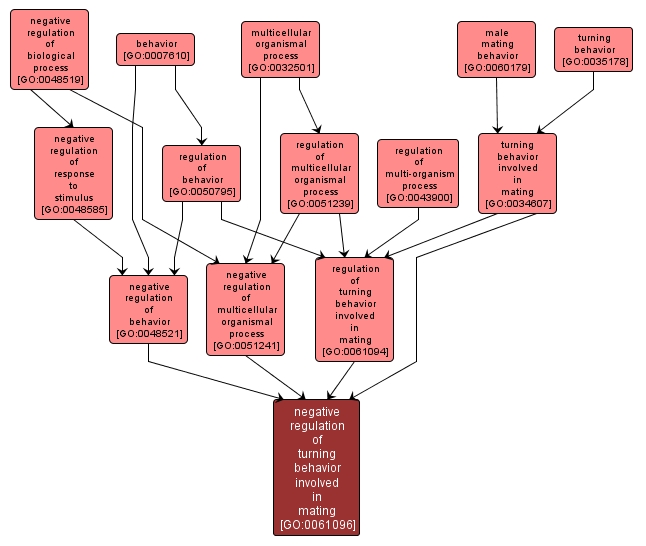| Desc: |
Any process that decreases the rate, frequency or extent of turning behavior involved in mating. Turning behavior is the sharp ventral turn performed by the male as he approaches either the hermaphrodite head or tail, whilst trying to locate his partner's vulva. Turning occurs via a sharp ventral coil of the male's tail. |














